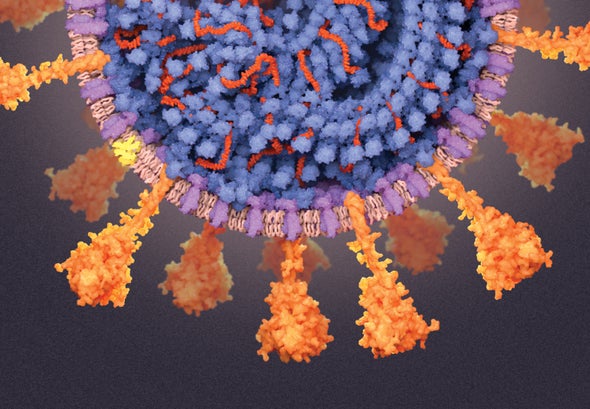The SARS-CoV-2 C.36.3.1 variant with Omicron-like genetic variation has been identified for the first time in India, according to a senior scientist at the Indian Council of Medical Analysis (ICMR) on Tuesday.
The variant features a del 69-70 mutation that causes the S-gene to drop out, which is a genetic variation similar to Omicron. It was previously reported from certain European countries and is detectable using current diagnostics. However, an identical Omicron-like S-gene target drop-out/failure is more likely to muddle the use of specialized RT-PCR test kits that are currently being used to sift potential omicron circumstances from the daily caseload for “accelerated genome sequencing” to trace the extent of group spread of the Omicron throughout the country.
“Improved genome sequencing work is bringing up modern concerns. For the first time in India, we have identified C.36.3.1 as not a variety of concern, curiosity, or under research at this time. It is only one of the World Health Organization’s (WHO) monitored variations. The fact that it has an Omicron-like S gene drop-out poses a fresh challenge for previous genome sequencing of positive scientific samples collected from the group,” the expert told TOI.

Because of the changes contained by C.36.3.1, it is a variation that must be accepted.
“The C.36.3.1 contains a total of 36 defining mutations, of which 9 are inside the Spike (S) gene region as opposed to 32 mutations detected within the Omicron variant’s S-gene, which has a total of 52 mutations,” the expert explained.
Despite developing a new clade in European countries such as Switzerland, Germany, and the United Kingdom with a highly relevant mutation profile, the prevalence of this variation remained low in those countries. “It’s too early and there isn’t enough information to determine how the variation will play out in India. However, some mutations within the variation have been detected to confer increased affinity to the cell receptor,” the expert explained.

Epidemiologists tracking the virus’s spread have noted that variations continue to emerge, although this does not always suggest that they will be deadly. “A variation becomes concerning only when it becomes a ‘variant of concern,’ such as Omicron, which is extra infectious and more prior immunity evasive. It remains to be seen into which class this version (C.36.3.1) will belong,” said a job power expert.
The Omicron variation was discovered in a South African pattern on November 24 of the previous year. It has since spread to over 100 countries. It has so far infected about 1,900 people in India.
Also Checkout: All eyes set on the game-changing oral pill and two new vaccines to fight off COVID in India












